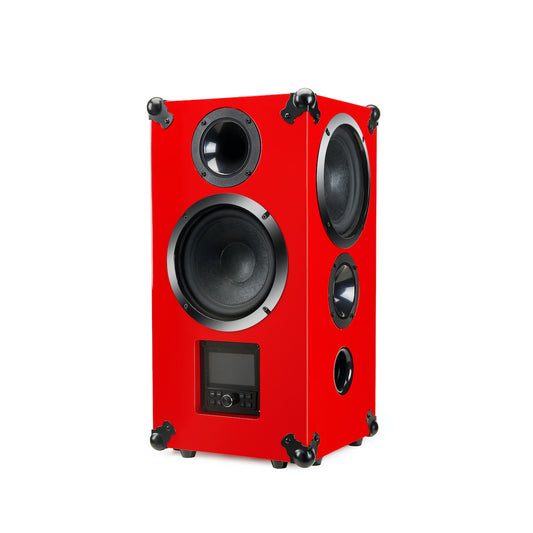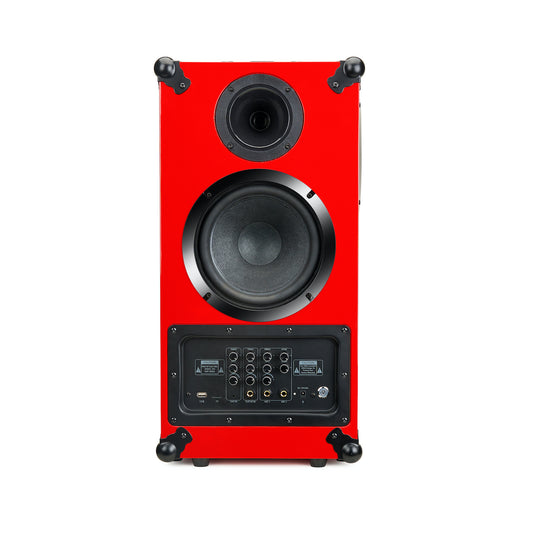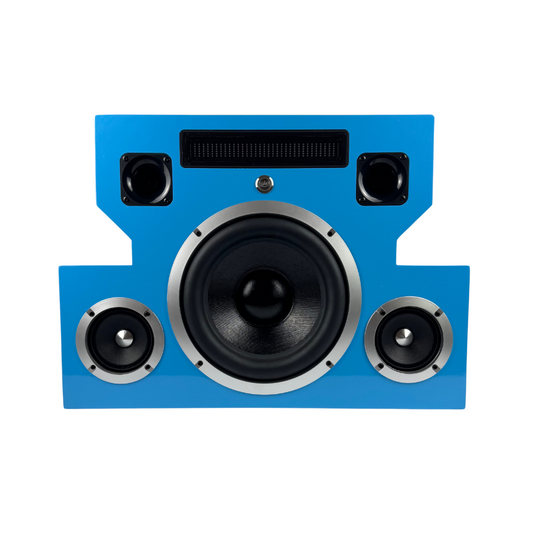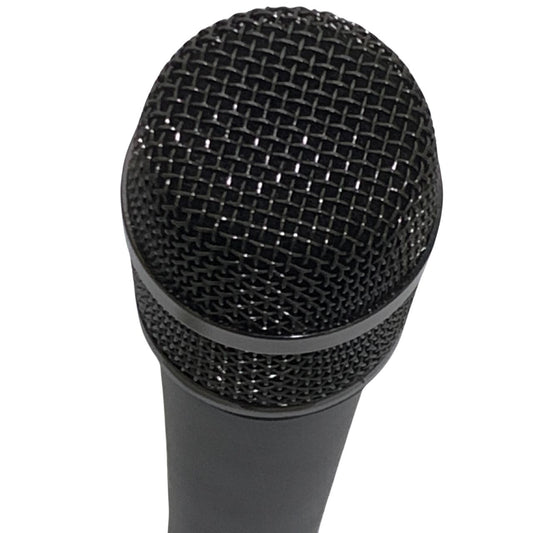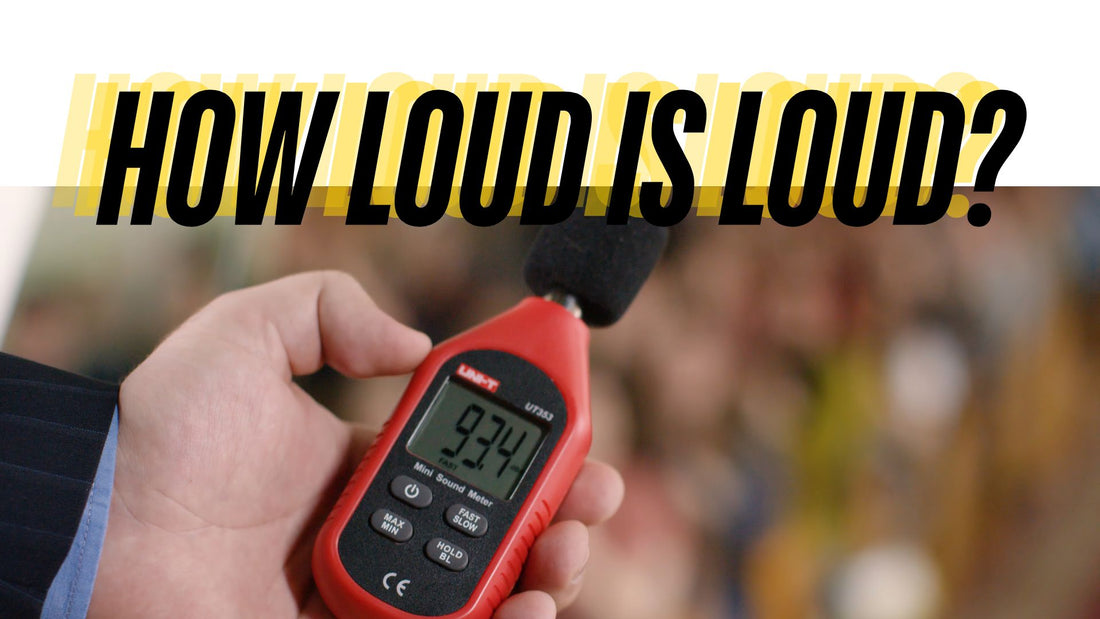
How Many dB is Considered Loud?
Share
The volume of sound is something we all encounter daily, whether it's the background hum of traffic, the chatter of a busy café, or the booming bass of a speaker. But what makes a sound loud? How do we measure loudness, and what level is considered safe or harmful to our ears? In this blog, we'll explore the decibel (dB) scale, the different levels of sound, and what happens when we exceed safe listening levels.
What is dB?
The decibel (dB) is the unit used to measure the volume of sound or sound pressure level. It is a logarithmic unit, meaning that each increment represents a tenfold increase in intensity. This means that a sound at 60 dB is ten times more intense than a sound at 50 dB, and a sound at 70 dB is a hundred times more intense than one at 50 dB.
The dB scale is used to quantify the power and intensity of sound in a way that correlates well with how the human ear perceives it. Since the ear can detect an incredibly wide range of sounds—from the faint rustling of leaves to the deafening roar of a jet engine—the decibel scale helps put these varying intensities into perspective.
The Range of dB
The human ear can hear sounds across a wide range of decibels, starting from near silence at 0 dB to the painful threshold of 130 dB or more. Here's a breakdown of the range of dB and how these levels sound:
- 0 dB: Threshold of Hearing
- This is the lowest sound level that the human ear can detect. It is almost complete silence. Imagine being in a very quiet room with no other noises—this is approximately 0 dB.
- 10-30 dB: Soft Sounds
- 10 dB: The sound of breathing or rustling leaves.
- 20 dB: A whisper or the ticking of a watch.
- 30 dB: A quiet library or soft background noise.
- 40-60 dB: Moderate Sounds
- 40 dB: Quiet conversation, similar to what you might hear in a calm office.
- 50 dB: The sound of light rainfall or a refrigerator hum.
- 60 dB: Normal conversation level or background music in a restaurant.
- 70-90 dB: Loud Sounds
- 70 dB: The noise of a vacuum cleaner or busy traffic from a short distance away.
- 80 dB: The sound of a blender or a heavy truck passing by.
- 90 dB: A lawnmower or a motorcycle at close range. This is considered loud and can start to cause damage with prolonged exposure.
- 100-120 dB: Very Loud Sounds
- 100 dB: A car horn or a jet flying overhead at about 1,000 feet.
- 110 dB: A rock concert or chainsaw. At this level, even short-term exposure can cause hearing damage.
- 120 dB: A siren or thunderclap at close range. This is on the verge of causing immediate hearing pain.
- 130-140 dB: Pain Threshold
- 130 dB: A jet engine at close range or fireworks. This level of sound is painful and dangerous to the ears.
- 140 dB: The noise from a gunshot or a firecracker. Exposure to sound at this level can cause immediate and permanent hearing damage.
How Loud Is Considered Too Loud?
Generally speaking, sounds that are above 85 dB are considered potentially dangerous to the human ear, especially with prolonged exposure. Experts recommend that you should not listen to sounds above 85 dB for more than 8 hours, as it can lead to hearing loss over time. As the decibel level increases, the safe exposure time decreases significantly.
- 85 dB: Exposure for up to 8 hours is considered safe.
- 90 dB: Exposure time should be limited to 2 hours.
- 100 dB: Only 15 minutes of exposure is recommended.
- 110 dB and above: Exposure to sound at these levels should be limited to just a few seconds to avoid permanent hearing damage.
For instance, if you're at a rock concert where the volume reaches around 110 dB, staying in that environment for an extended period without ear protection can cause irreversible damage to your ears. Similarly, exposure to a 120 dB siren can cause hearing pain and is considered hazardous for any duration of time without ear protection.

What Happens When You Are Exposed to Very Loud Sounds?
The human ear is a delicate organ, and prolonged or extreme exposure to loud sounds can have severe consequences. Here are some of the potential outcomes of exposure to sounds exceeding the safe decibel limit:
1. Temporary Threshold Shift (TTS)
When you are exposed to loud noises for an extended period, you may experience a temporary threshold shift, meaning that your hearing becomes dull, and you may find it difficult to hear soft sounds for a while. For example, after attending a loud concert, you may notice a temporary reduction in hearing sensitivity. TTS is typically reversible after a period of rest, but repeated instances can lead to permanent damage.
2. Permanent Hearing Loss
Exposure to very loud sounds (such as those above 120 dB) can lead to permanent hearing loss. The tiny hair cells in the cochlea, which play a key role in transmitting sound signals to the brain, can become damaged or destroyed by excessive noise. Once these hair cells are damaged, they cannot regenerate, leading to permanent hearing impairment.
3. Tinnitus
Tinnitus is a condition characterized by a persistent ringing or buzzing sound in the ears, which can be caused by prolonged exposure to loud noises. Tinnitus can range from mild to severe and, in extreme cases, can significantly impact a person’s quality of life. It is one of the most common symptoms experienced by individuals who have been exposed to high decibel levels.
4. Ear Pain and Physical Damage
Sounds that reach levels above 130 dB are not only harmful but also painful. Exposure to such levels can cause physical damage to the eardrum, leading to immediate hearing loss and potentially requiring medical treatment. Extremely loud noises, such as explosions or gunshots, can even cause the eardrum to rupture, resulting in pain, hearing loss, and dizziness.

How to Protect Your Ears from Loud Sounds
To ensure your ears remain healthy and your hearing stays intact, it is important to protect yourself from excessive noise. Here are some practical tips:
- Use Ear Protection: When exposed to high noise levels, such as during concerts or when operating loud machinery, use earplugs or noise-canceling earmuffs to reduce the impact on your ears.
- Limit Exposure Time: If you cannot avoid being in a loud environment, try to limit your exposure time. Remember that sounds above 85 dB can cause hearing damage over time, so take regular breaks if you're in a noisy setting.
- Keep Volume in Check: When using headphones or speakers, keep the volume at a safe level. A good rule of thumb is to keep the volume at or below 60% of the maximum level, especially if listening for extended periods.
- Choose Speakers Wisely: When setting up a custom speaker system, consider the volume of sound that the speakers can produce. Investing in high-quality speakers that allow for clear audio at lower volumes can help reduce the need to turn the volume up excessively, thereby protecting your hearing.
Conclusion
The concept of how loud is loud is relative, but understanding the volume of sound in decibels (dB) helps put it into perspective. The human ear can detect a vast range of sounds, but not all of them are safe. Sounds above 85 dB can be harmful with prolonged exposure, and anything above 120 dB can cause immediate damage to the ears.
By understanding the decibel scale and knowing when a sound is considered too loud, you can take proactive steps to protect your hearing and ensure a lifetime of enjoying high-quality audio. Whether you're at a concert, using a custom speaker setup, or simply listening to music at home, remember that maintaining safe sound levels is key to preserving your hearing health.




